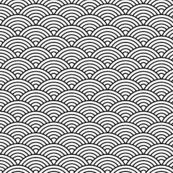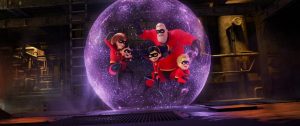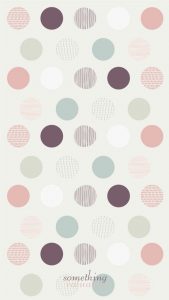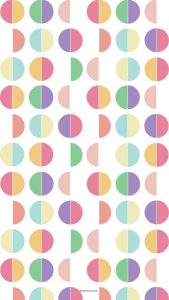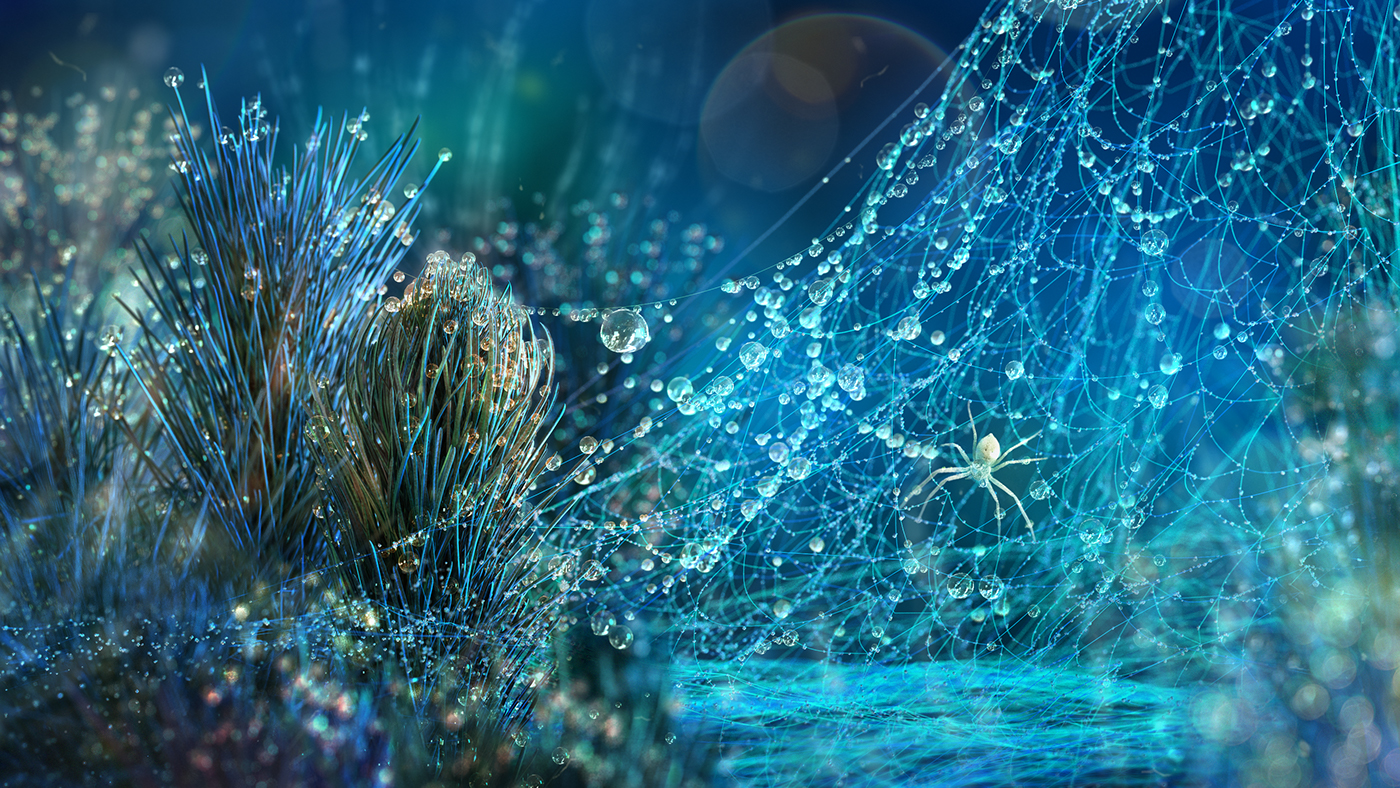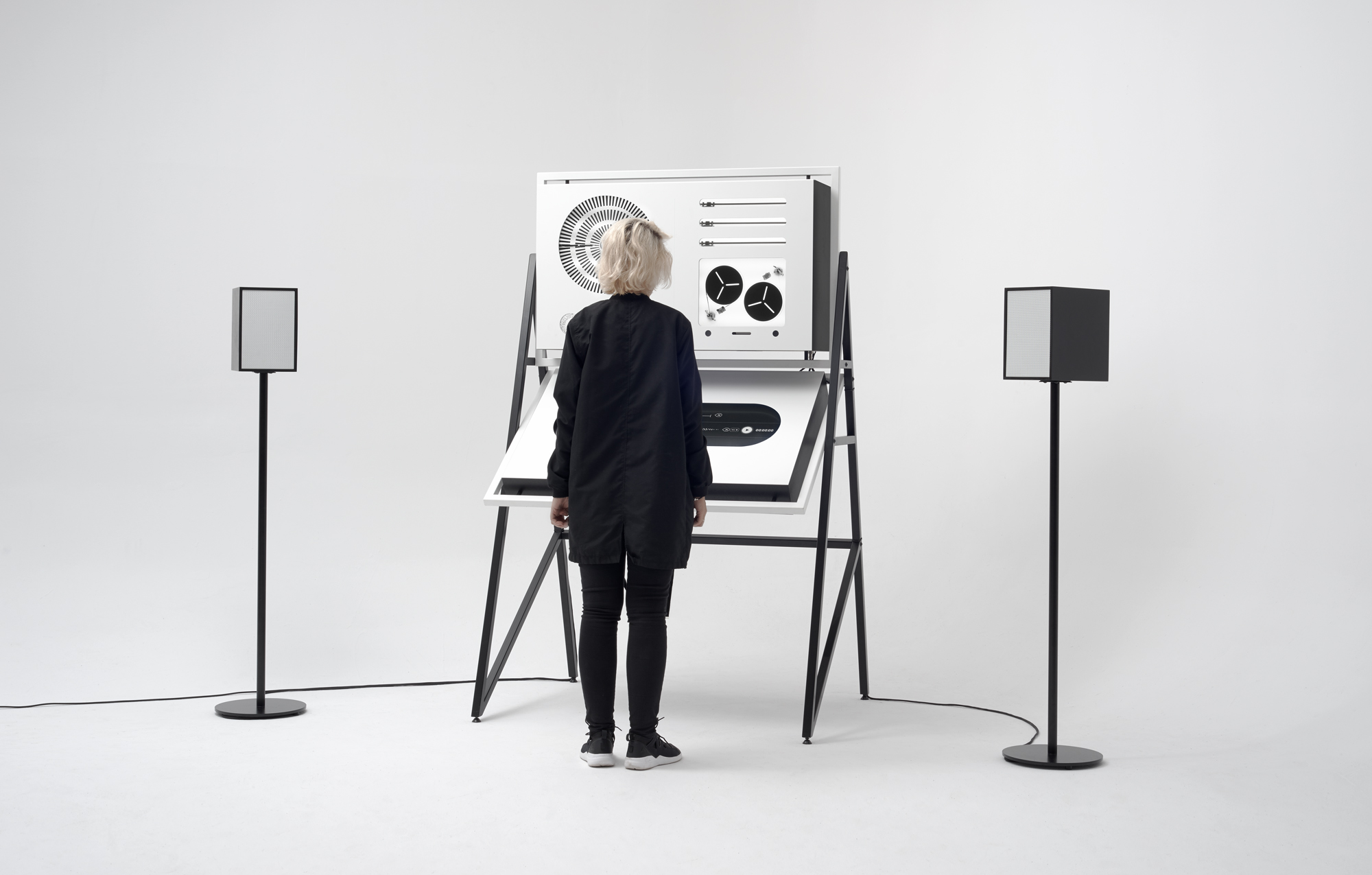One of the first projects that made me notice graphics was the movie Avatar. Created by James Cameron, after years of waiting for technology to advance enough to capture the movie, the movie finally debuted in 2009. I remember watching the movie and being amazed at the depth the movie had. I felt as though I was on Pandora experiencing all the lights and sounds around me. Weta Digital was the leading visual effects company throughout the project, and they used about 4,000 Hewlett-Packard servers and 35,000 processor cores to create and store all the visual elements of the movie. Even though there were real human characters in the movie, most of the characters and the entire setting had to be computer generated. What made this project so special however, was the amount of detail put into every aspect of the setting. The setting was captured in a way that had never been done before. Even though it was computer-generated, it looked so real and even now looking back at the movie, I still get the same feelings as I did nine years ago.
For more info: https://en.wikipedia.org/wiki/Avatar_(2009_film)#Visual_effects
![[OLD FALL 2018] 15-104 • Introduction to Computing for Creative Practice](../../../../wp-content/uploads/2020/08/stop-banner.png)
